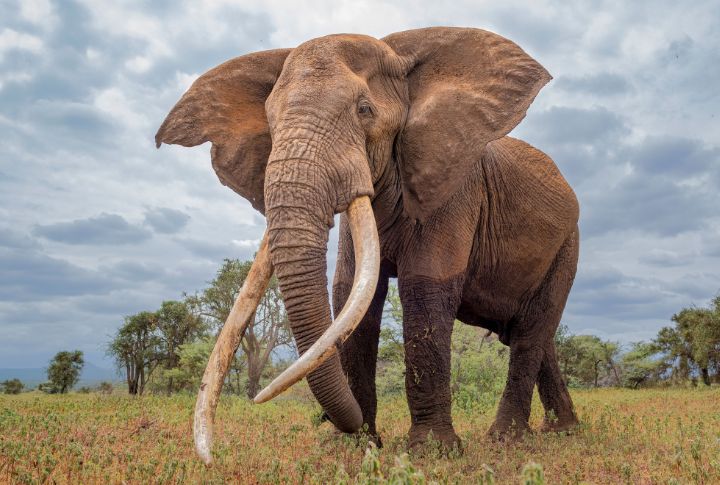
Few creatures capture the imagination and command the reverence of humanity quite like elephants. With their majestic stature, remarkable intelligence, and intricate social structures, these magnificent creatures are iconic symbols of nature’s grandeur and complexity. Let’s explore 15 intriguing facts that shed light on the extraordinary world of elephants.
Remarkable Intelligence

Famed for their extraordinary intellect, elephants boast the largest brains among land animals. Their intricate social dynamics, adept problem-solving skills, and remarkable capacity for empathy and grief stand as parallels to those of humans and other highly intelligent species.
Keystone Species
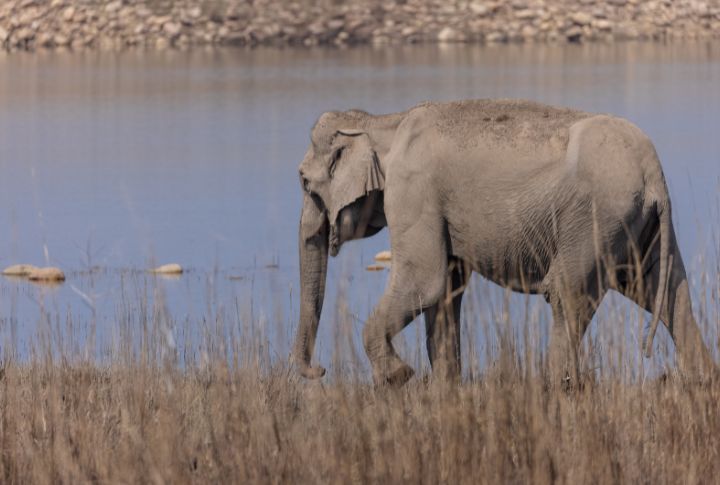
As one of the most iconic and significant keystone species in their ecosystems, elephants play a critical role in shaping and maintaining the environments they inhabit. Through their foraging habits and interactions with their surroundings, they influence vegetation, water sources, and biodiversity levels.
Massive Size and Strength
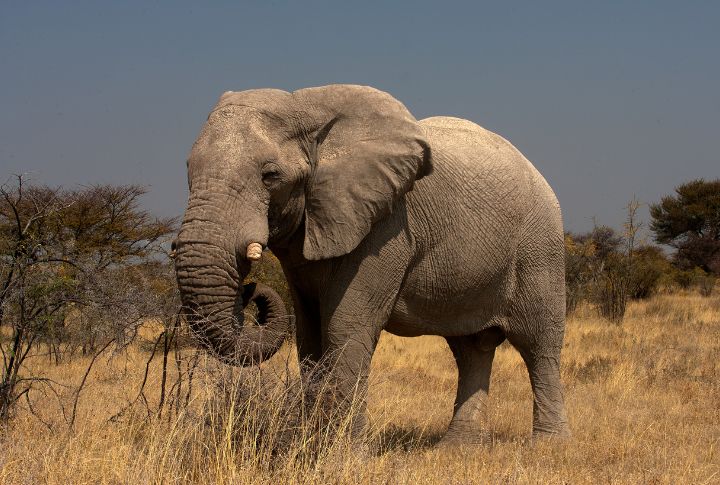
Adult elephants are among the largest terrestrial mammals, with African elephants towering over their Asian counterparts. Their sheer size, combined with immense strength, enables them to undertake impressive feats such as uprooting trees and moving heavy objects.
Unique Trunk Adaptations
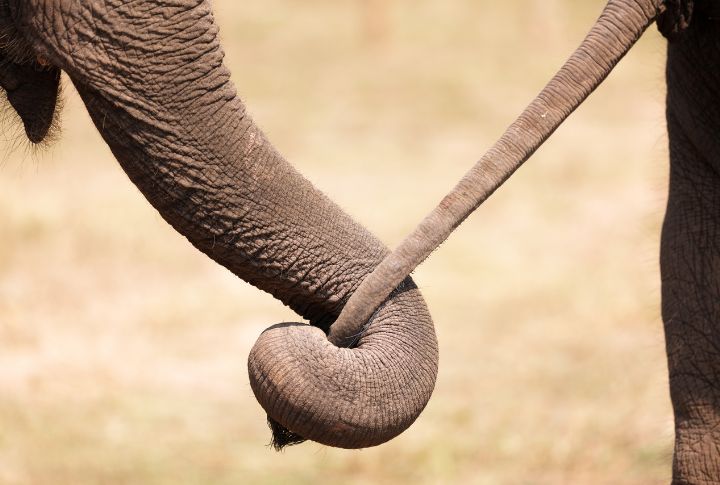
An elephant’s trunk is a marvel of evolution, serving as a multipurpose tool for breathing, smelling, touching, grasping, and producing sounds. With over 150,000 muscle units, it grants them an extraordinary level of dexterity and control.
Family Bonds
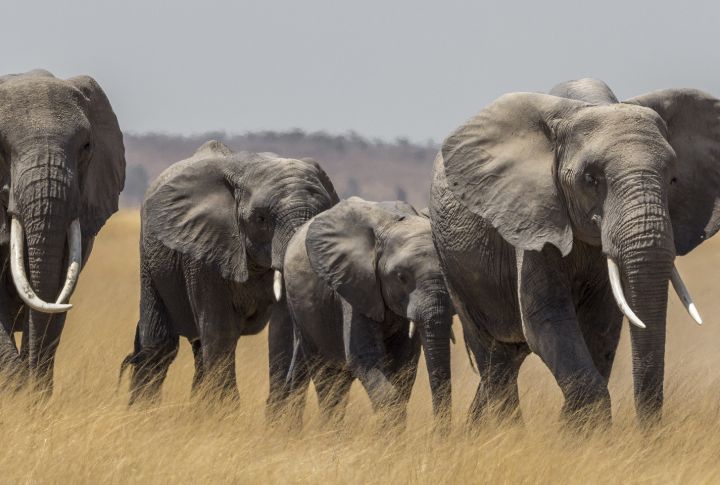
Elephants form tightly-knit matriarchal herds led by the eldest and most experienced females. These groups, comprising related females and their young, offer crucial support, protection, and guidance for the offspring within the herd.
Sophisticated Communication
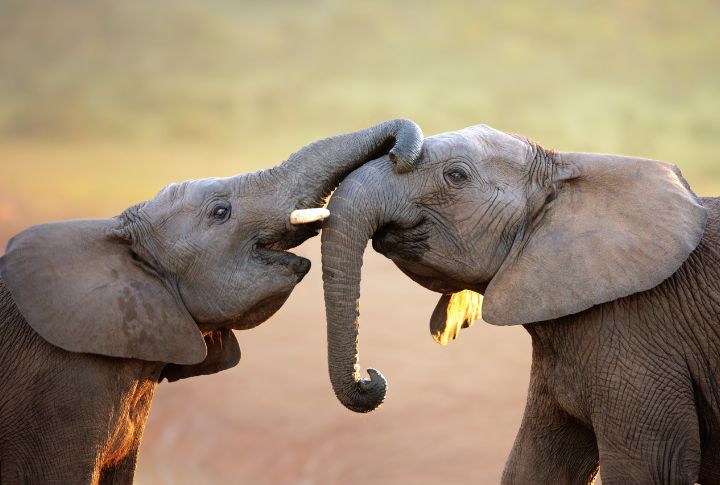
Communication among elephants involves a diverse array of vocalizations, body language, and infrasonic rumbles that can travel over long distances. These intricate forms of communication facilitate social interactions, coordinate group movements, and convey emotional states.
Remarkable Memory
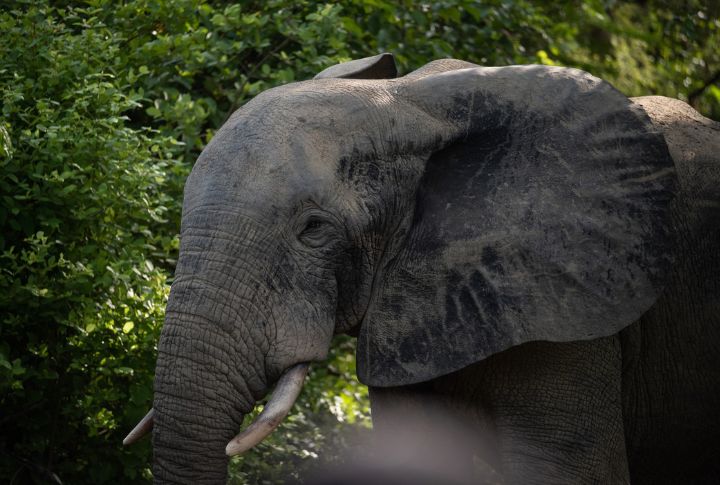
Elephants possess exceptional long-term memory capabilities, allowing them to remember significant locations, individuals, and experiences over extended periods. This memory prowess aids in navigating their vast home ranges and recognizing familiar faces within their social groups.
Herbivorous Diet
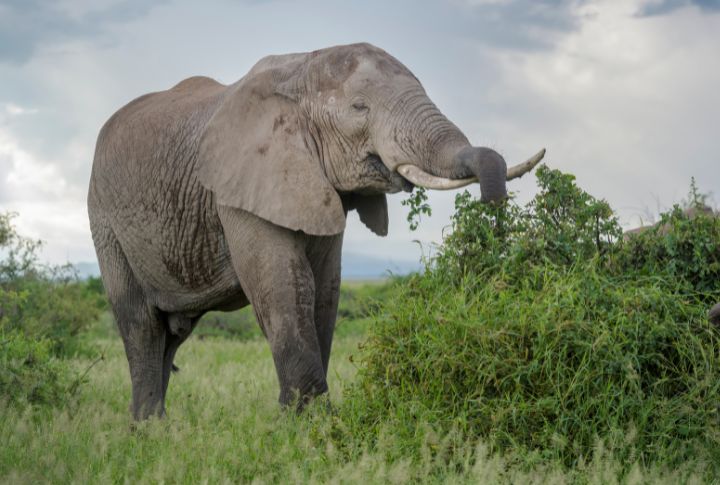
Despite their massive size, elephants sustain themselves primarily on a herbivorous diet consisting of grasses, foliage, fruits, and bark. Their efficient digestive systems and constant foraging efforts enable them to consume large quantities of plant matter to meet their nutritional needs.
Water Dependency
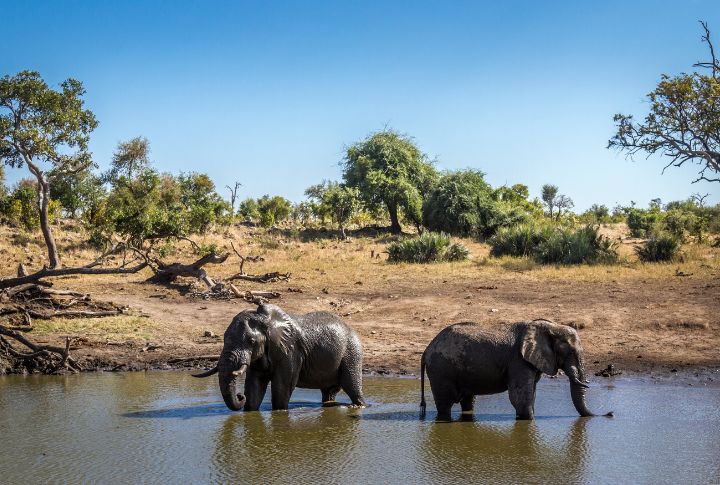
Elephants have a vital dependence on water sources, requiring daily access to sufficient quantities for drinking, bathing, and cooling down. They are often found near rivers, lakes, or watering holes, where they engage in social interactions and essential hygienic behaviors.
Long Gestation Period
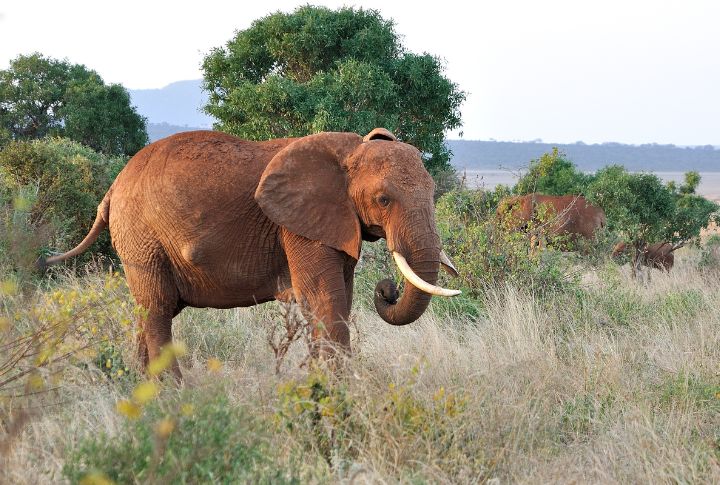
The reproductive cycle of elephants is characterized by an extraordinarily long gestation period, lasting approximately 22 months—the longest of any land mammal. This extended pregnancy is necessary for the development of the calf, which is born relatively large and precocious.
Endangered Status
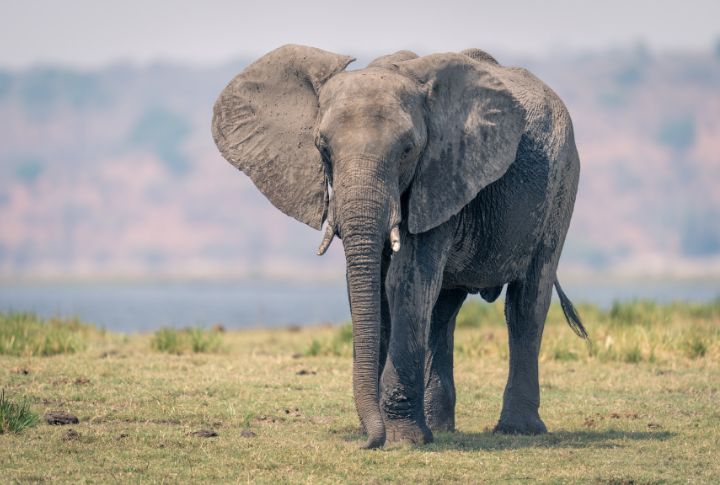
In spite of their cultural significance and ecological importance, elephants face numerous threats to their survival, including habitat loss, poaching for ivory, human-wildlife conflict, and captivity-related issues. Conservation efforts are crucial for safeguarding their future and preserving their critical role in ecosystems.
Migration Patterns
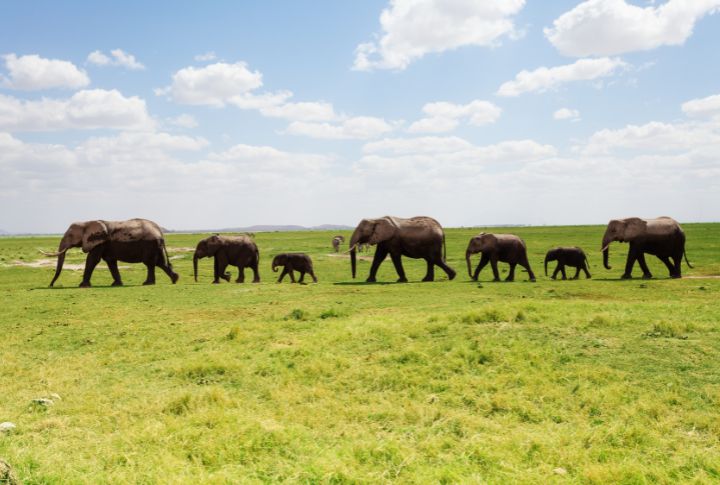
Some elephant populations undertake seasonal migrations in search of food, water, and suitable habitats. These migratory movements can span vast distances and play an important role in ecosystem dynamics by dispersing seeds, fertilizing soils, and shaping vegetation patterns.
Social Complexity
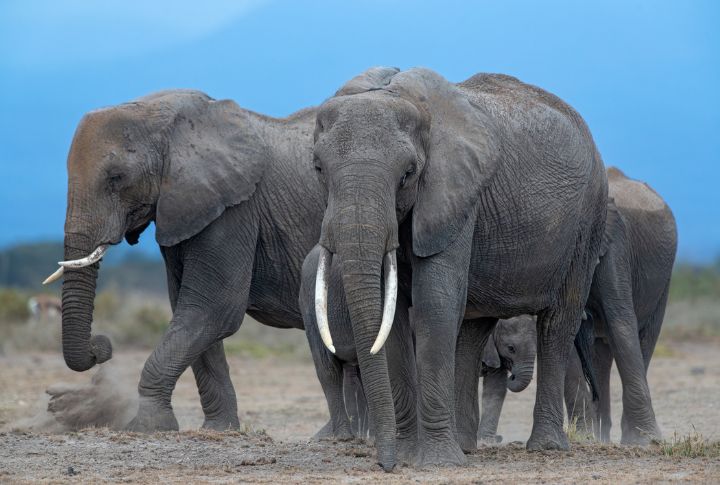
Elephant societies exhibit remarkable levels of social complexity, characterized by intricate hierarchies, alliances, and cooperative behaviors. Their interactions involve a sophisticated understanding of social dynamics, empathy, and communication skills, contributing to the cohesion of their groups.
Cultural Traditions
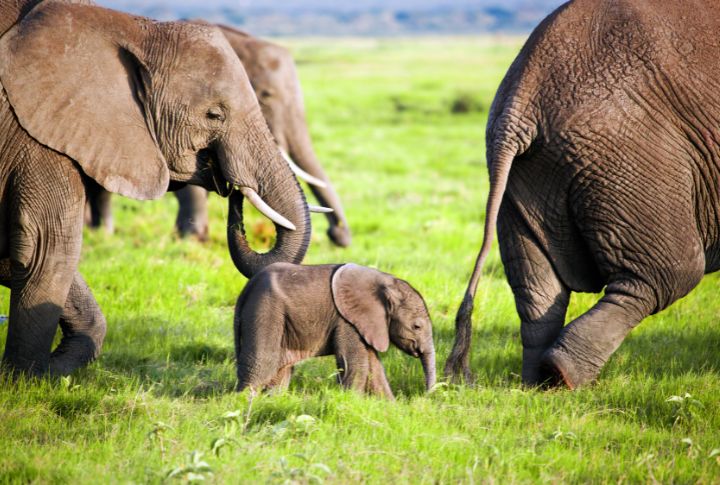
Elephants display cultural traditions and learned behaviors that are passed down through generations within their social groups. These traditions include specific foraging techniques, migration routes, and social rituals that contribute to the cultural richness and adaptability of elephant populations.
Tourism and Ecotourism
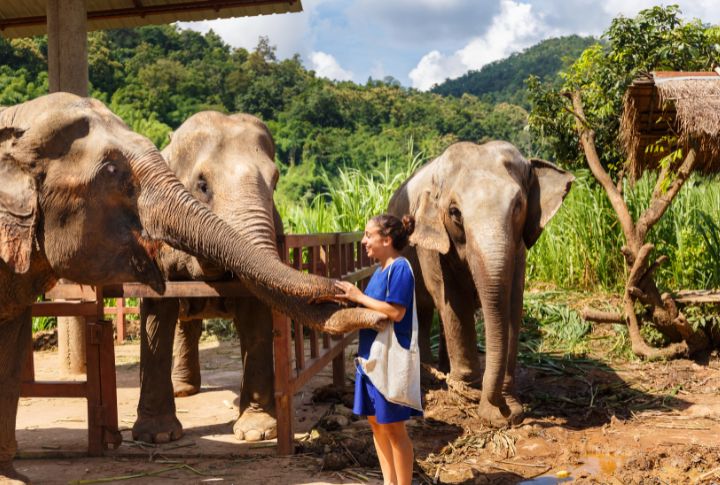
The presence of elephants in certain regions has become a significant draw for tourism and ecotourism initiatives, offering opportunities for people to observe these majestic creatures in their natural habitats. In addition to protecting elephants’ habitats, responsible tourism practices promote their welfare.

Comments
Loading…